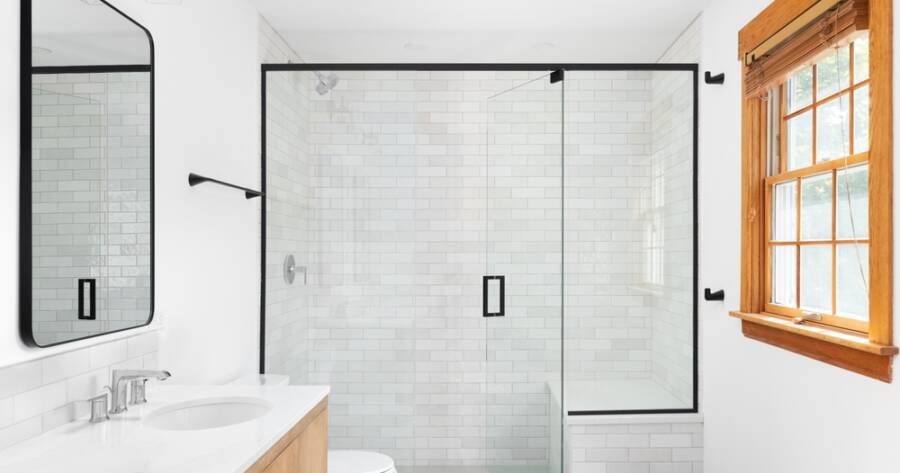Bathroom remodeling presents an excellent opportunity for homeowners to enhance their homes by increasing functionality and adding personalized touches. Key considerations include space allocation, detailed planning, budgeting for unexpected expenses, and prioritizing ventilation and accessibility. Keeping abreast of trends and sustainability initiatives ensures a remodel that aligns with modern standards and improves home value.
Key Considerations for Bathroom Remodeling
Bathroom remodeling is a popular project that allows homeowners to increase functionality, personalize design, and add a touch of luxury to their homes. Before diving into the renovation process, there are several important factors to consider to ensure a successful outcome. One major aspect is proper space allocation. For example, when planning a half bath, it is recommended to aim for a space that is 3–4 feet wide and 6–8 feet long, even though building codes may allow for smaller spaces.
Another crucial consideration is starting the remodel process with a thorough plan. This includes creating an inspiration board, a budgeting spreadsheet, and evaluating existing issues within the bathroom layout. Engaging an interior designer can provide innovative solutions that align with personal preferences and space limitations.
Budgeting and Managing Expectations
Budgeting is a critical component in the planning phase of a bathroom remodel. It’s important to account for unexpected expenses such as hidden water damage revealed during demolition. Setting aside 10 to 15 percent of the total budget can help manage these costs and avoid financial strain.
In addition, the choice of materials and fixtures should reflect both personal style and durability. Modern bathroom designs often replace large tubs with spacious showers featuring multiple showerheads, enhancing luxury while maintaining at least one tub in the home for resale value.
Material selection also plays a significant role in budgeting. Durable materials like porcelain tiles are recommended for flooring and walls due to their ability to withstand daily wear. Similarly, selecting vanities and sinks with dual and aesthetic features can anticipate trends without compromising on storage space and efficiency.
Ventilation, Lighting, and Accessibility
Ensuring proper ventilation and lighting in the remodeled bathroom is essential for both functionality and ambiance. Different layers of lighting such as task lighting near vanities and showers are recommended to enhance visibility and create a welcoming atmosphere. Adequate ventilation prevents moisture buildup, reducing the risk of mold and damage down the line.
Designing with accessibility in mind benefits individuals of all ages and abilities. Incorporating features like barrier-free showers, wider doorways, and lever faucets enhances usability while future-proofing the home for aging in place. A well-lit and accessible bathroom can significantly improve daily routines and make the space more inviting.
Sustainable and Trendy Choices
As sustainability becomes more central to home remodeling, incorporating water-efficient fixtures is a key step. Utilizing WaterSense-rated showerheads and toilets can reduce water usage and cuts costs in the long term. Eco-friendly showerhead options, including rainfall and multifunction models, have grown in demand alongside sustainability trends.
Bathtubs, although a luxury, can be incorporated in remodels as freestanding or built-in units depending on space availability and personal preference. Freestanding tubs offer elegance, while built-in ones improve space efficiency. Features like whirlpools provide therapeutic benefits and can enhance the home’s value, adding luxurious options to a bathroom remodel.
Strategically Planning the Remodel
Effective planning involves setting a timeline that aligns with the delivery of materials and stages of the project such as demolition and plumbing. Ordering all necessary materials ahead of time is crucial to avoiding delays, especially if working with a contractor. Detail-oriented tasks like waterproofing and precise fixture placements contribute to the longevity of the bathroom’s functionality, preventing issues such as leaks.
Ultimately, finalizing a bathroom remodel with thoughtful touches like paint and décor can complete the transformation. Placing finishing touches strategically and fitting within planned budgets ensures that the remodel adheres to the initial vision. This organized approach not only enhances the bathroom’s aesthetics but also its usability.
Learn More About Bathroom Remodels
Deciding to remodel a bathroom involves much more than aesthetics—it’s an opportunity to enhance functionality, improve efficiency, and increase the overall value of a home. By understanding critical factors like space allocation, budgeting, proper ventilation, and accessibility options, homeowners can ensure a smooth and successful renovation project.
Continually staying informed about the latest design trends and sustainable practices can greatly impact satisfaction and effectiveness as well. Whether it’s preparing for future needs or indulging in current desires, a well-planned remodel offers long-term benefits worth exploring further.

